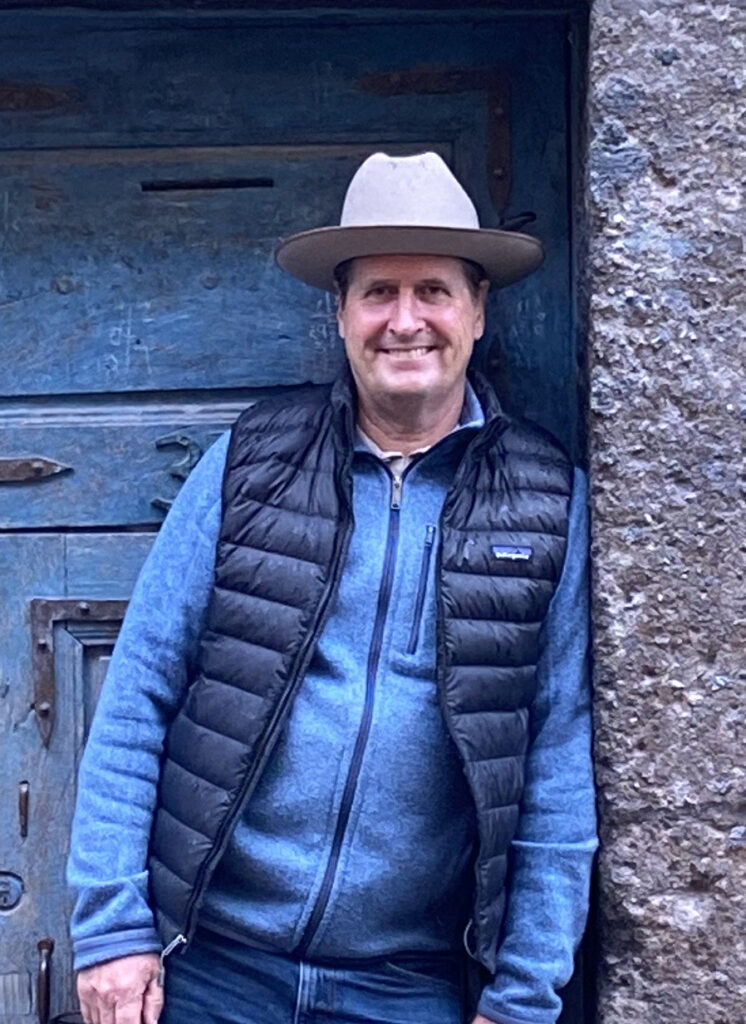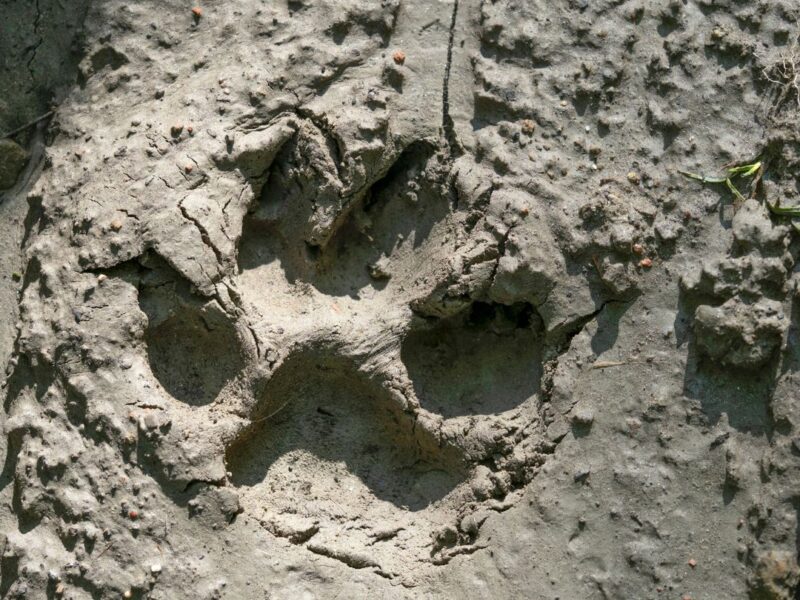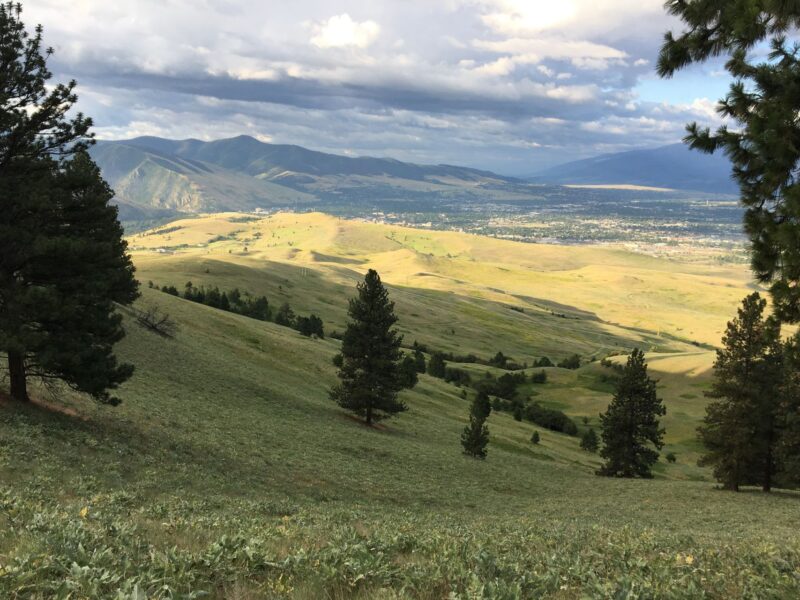What to do about sprawl with Ken Mirr
The American West is changing fast, and one of the biggest forces shaping that change is development. Sprawl – those 35-acre subdivisions and ranchettes you see spreading across the landscape – can mean paradise for some, and the unraveling of communities, wildlife habitat and productive landscapes for others.
Today we’re talking about what’s driving that growth, what it means for landowners and rural economies and what kinds of solutions might help us strike a balance between private property rights, conservation and community needs.
On the show today, our CEO Lesli Allison sits down with Ken Mirr, founder of Mirr Ranch Group and longtime land broker who has worked at the intersection of ranching, conservation and real estate for decades.

LISTEN
LINKS
Read Ken Mirr in On Land, Subterranean Homesick Blues
CREDITS
On Land is a production of Western Landowners Alliance, a West-wide organization of landowners, natural resource managers and partners dedicated to keeping working lands whole and healthy for the benefit of people and wildlife. This episode was hosted by Lesli Allison, produced by Zach Altman and edited by Kathleen Shannon.
If you enjoyed this episode, share it with a friend, leave a review wherever you get your podcasts. Your support helps us amplify the voices of stewardship in the American West. Thanks for being here. We’ll see you next time.





Save Ag
We need more ag positive easements. I am a land trust board member and rancher. In our San Francisco Bay area too many buy parcels that turn into ungrazed brush patches. Then owners want taxpayer assistance to remove brush. A better use of funds than many other things. But if grazing has just continued it would still be grassland and coastal prairie. Sheep used too be probably the biggest number of livestock but coyotes have made it very difficult and guardian dogs take so much time from other ranch chores. Especially keeping them on 400 acres when getting out may mean impoundment. Several ranches are now vineyards and people don’t understand wanting coyotes can mean land use conversion when sheep are driven out. My family had sheep for generations. My grandparents were the last full time sheep only income generation. My husband always had cattle and predators have us mainly cattle now. This has turned into such a high income area that those who buy have little financial incentive to graze. I get paid to graze several neighbors for fire suppression. The other big threat is losing property tax protection after a deceiving ballot summary caused most of the parent child reassment exclusion to no longer apply. The little over 400 acres is probably worth over 8 million. Son loves the ranch but our huge values may make it impossible to keep if property taxes go from around $12,000, plus $9,000 for a recent 20 acre with a small cabin we bought 10 years ago. If taxes go to $100,000 a year or more he may be forced to sell and it would break his heart.
Requiring grazing in conservation easements seems a good way to go.